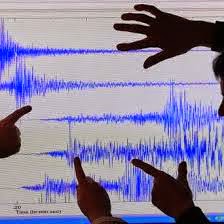How do you say MICHU MICHU in English?

MICHU MICHU? No human, that's not how you call a Gringo cat! Wait. Is that tuna? ¡Ya voy! MICHU MICHU, which is not even real Spanish, is the way people call their cats in Ecuador. It is also the way they call cats in Italy, so perhaps there is a connection. In other Spanish-speaking countries the formula is slightly different, a truth that also applies to English-speaking countries since in the United Kingdom, for instance, they say PUSS-PUSS, but in the United States, they say KITTY-KITTY-KITTY.


















